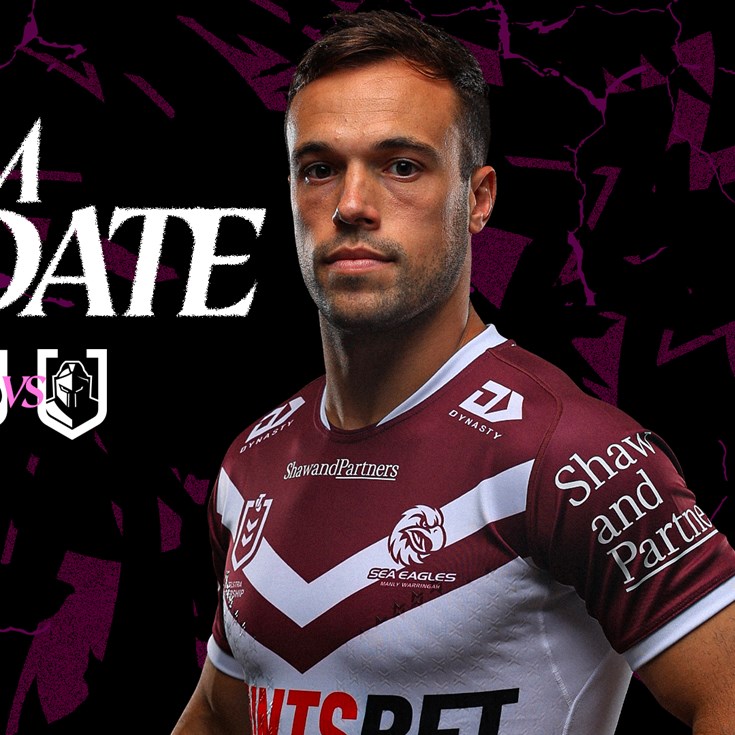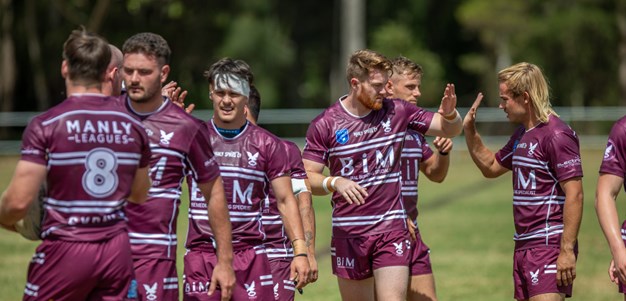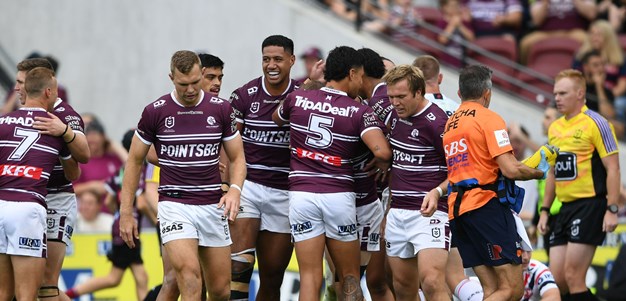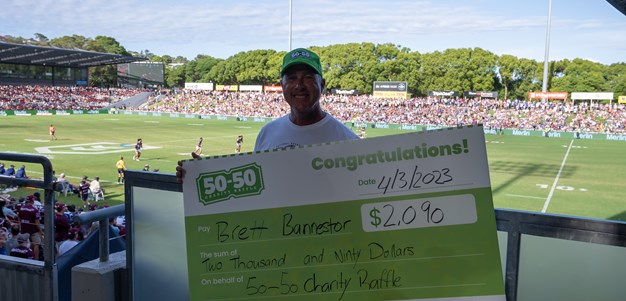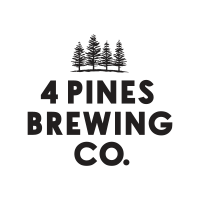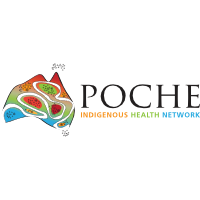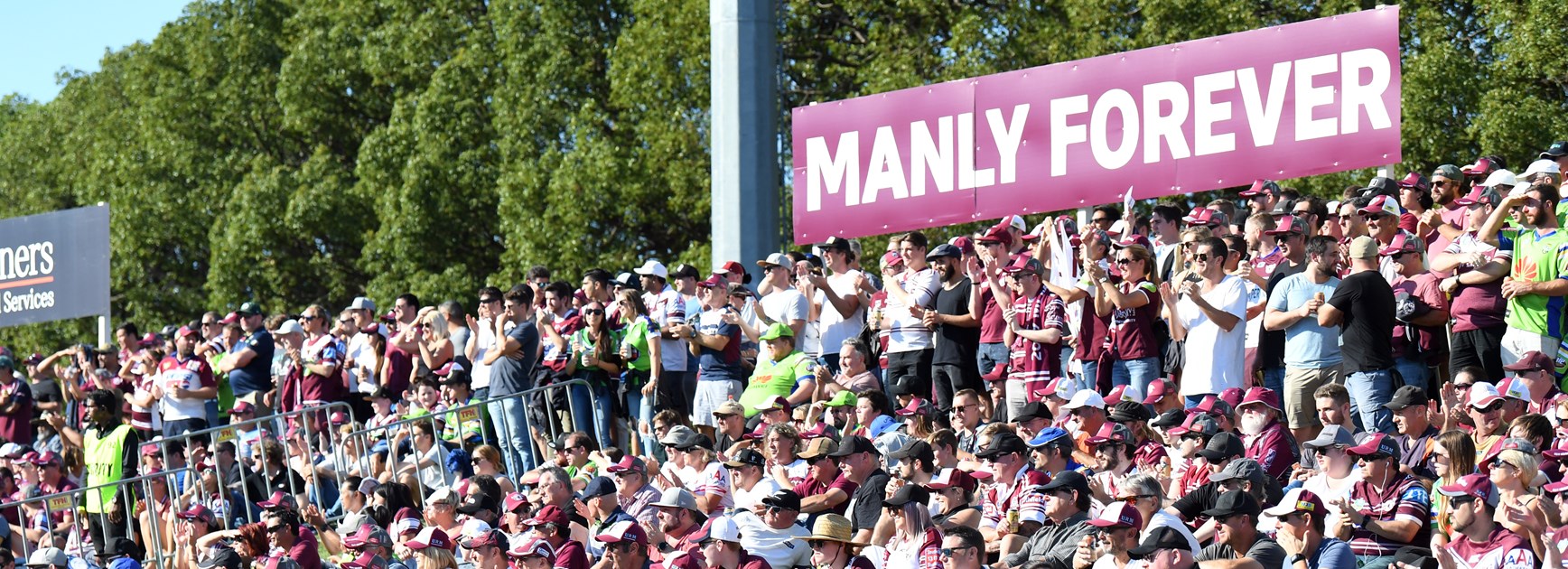
Like any business starting out fresh, the Manly-Warringah Sea Eagles had very little to begin with in their debut season of 1947.
With just months out to their first premiership match on April 12, the club’s newly formed foundation committee had to seek donations and subscriptions at a meeting at the Soldiers’ Memorial Hall in Raglan Street, Manly, on January 22.
The committee was formed following the new Manly’s club inaugural meeting in Dee Why on November 20, 1946 – just 16 days after being granted entry to the NSWRL competition on November 4.
Former long-serving treasurer George Ashton recalls of the hardship at the January 22 meeting as the foundation committee asked supporters to help meet the costs of player payments, footballs, playing gear, and training facilities.
“Training fees were a heavy item of our expenses and thanks to the generous support given by the supporters at the trial games, we were able to meet these obligations,’’ Ashton says in the book, The Sea Eagle Has Landed.
The Manly club adopted maroon and white as its district colours and chose a Sea Eagle as its emblem in recognition of the bird of prey along the Sydney coastline.
“Maroon and white have always been the district’s colours, President’s Cup, and representative teams wore maroon with a white V from the beginning in the 1930s,’’ said club elder Jack Martin.
“It was the same colours as junior club, Freshwater, but that wasn’t the overriding factor in the 1947 choice and they became the automatic colours when Manly came into the district competition."
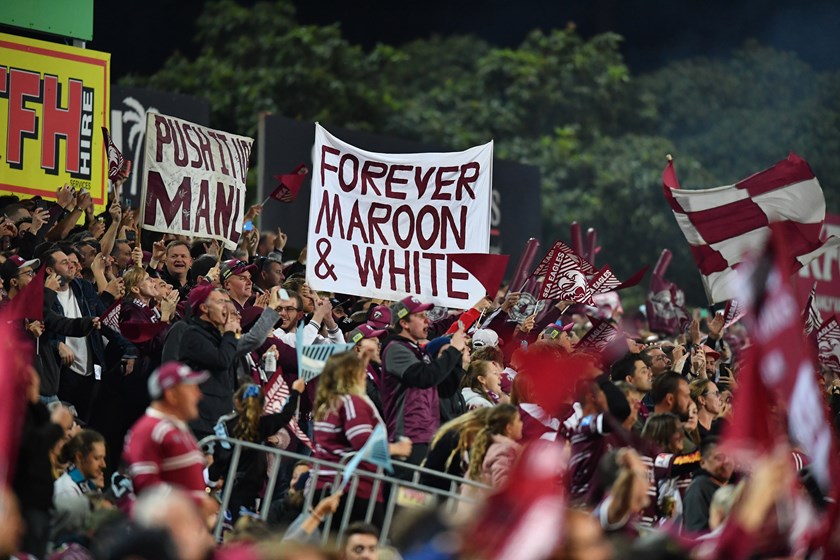
Martin also debunks in the book that Manly once changed their emblem to a seagull.
“My wife still has the first supporters’ badge of 1947 that depicts an eagle, with a maroon head and a white crest,’’ Ashton said.
“Up until the fifties clubs didn’t worry about symbols, but I think it was a journalist of that time, Jim Mathers, who called us the Seagulls, which I suppose was understandable as we came from the beaches…and we weren’t like an eagle in those days, we weren’t very competitive.
“But nobody questioned it and they just went along with the Seagull tag, but the Sea Eagle has always officially been the emblem.”
With the foundation committee unfamiliar in their surrounds of establishing a first year club, several former Manly and Warringah Junior Rugby Football League officials were called in to run the club headed by Bill Seymour (president), Jack Munro (secretary) and George Ashton (treasurer).
Their knowledge and experience was invaluable and by the end of the season, the club had enrolled 528 members, secured Brookvale Oval as their home ground and training headquarters, and appointed former South Sydney halfback Harold Johnson as the first grade coach.
The Sea Eagles played their first premiership match against the Western Suburbs Magpies at Brookvale Oval (now Lottoland) on April 12, 1947.
Manly's first win came against fellow newcomers Parramatta on May 31, a 15-7 victory.
